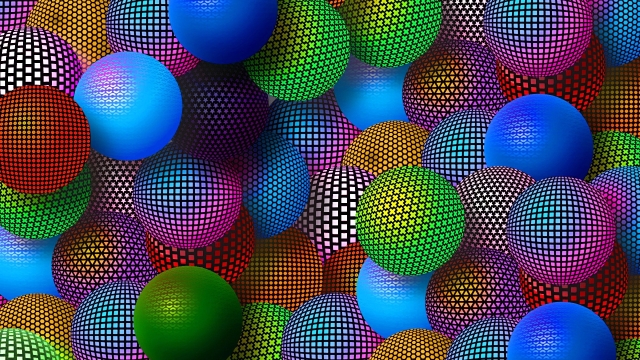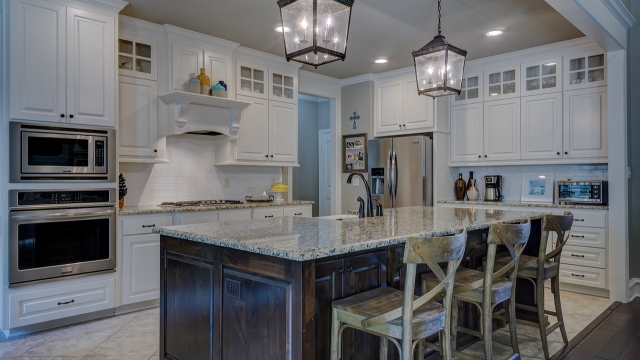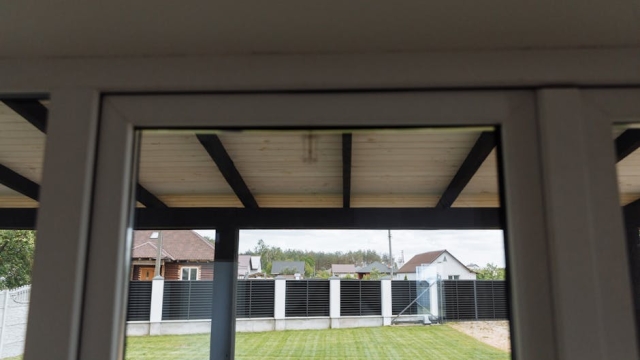
Unlikely Allies: The Art of Blending Graphic Design and Software Development
In the ever-evolving landscape of technology and design, it may seem unlikely for two seemingly divergent disciplines like graphic design and software development to join forces. However, there is a powerful synergy that emerges when these two worlds collide, revealing the art of blending their unique strengths. Graphic design, with its focus on visual aesthetics and creative communication, encounters software development, which thrives on structure, logic, and problem-solving. Together, these forces combine to create groundbreaking digital experiences that captivate and engage users in ways never before imagined.
As technology increasingly shapes our daily lives, graphic design has morphed from traditional print mediums to a digital arena where every pixel and interaction matters. With the rise of mobile apps, websites, and virtual experiences, the role of graphic design has expanded beyond static visual elements. Today, it encompasses user interface (UI) design, user experience (UX) design, and visual storytelling, among other pivotal elements. And that’s where software development steps in, providing the backbone of functionality and interactivity that brings these designs to life.
The process of harmonizing graphic design and software development requires a delicate balance. Designers must not only possess a keen eye for aesthetics but also a solid understanding of the technical aspects that shape a project. Similarly, developers must be receptive to the creative vision of designers, translating their concepts into seamless digital interfaces. This collaborative dance ensures that both form and function are intricately woven together, resulting in visually stunning and user-friendly applications. So, whether you’re a graphic designer venturing into the realm of coding or a developer seeking to enhance your design skills, this guide will serve as your compass on a journey where art and technology converge.
The Intersection of Design and Development
Design and development are two seemingly distinct fields with their own unique skill sets and approaches. However, in today’s digital landscape, the boundaries between these disciplines have blurred significantly. The growing demand for seamlessly integrated and visually appealing digital products has given rise to a collaboration between graphic designers and software developers.
This merging of skills is particularly evident in the realm of user interface (UI) and user experience (UX) design, where the visual aesthetics and functionality of digital applications are of paramount importance. Graphic designers bring their expertise in color theory, typography, and layout design to create visually stunning interfaces that are not only visually appealing but also intuitive to use.
On the other hand, software developers possess the technical knowledge and problem-solving skills required to bring these designs to life. They work closely with graphic designers to translate their ideas and concepts into code, ensuring that the final product not only looks great but also functions seamlessly. By collaborating throughout the entire design and development process, graphic designers and software developers can create cohesive and engaging digital experiences that captivate users.
Houston Website Design
In conclusion, the intersection of graphic design and software development is a vibrant space where creativity meets technical precision. The merging of these two disciplines allows for the creation of visually stunning and highly functional digital products that delight users. By leveraging the strengths of both graphic designers and software developers, we can expect the continued emergence of groundbreaking projects that push the boundaries of design and technology.
Collaboration Techniques for Designers and Developers
When it comes to the successful blending of graphic design and software development, effective collaboration techniques play a crucial role. The partnership between designers and developers can be a powerful force in creating exceptional digital experiences. Here are three collaborative techniques that can enhance the process:
Clear Communication: Open and transparent communication is key for designers and developers to work together seamlessly. Regular meetings, discussions, and sharing of ideas help in bridging any gaps and aligning their visions. Both parties should strive to communicate their thoughts, requirements, and constraints clearly to ensure a smooth and efficient workflow.
Design and Code Reviews: Designers and developers can benefit greatly from reviewing each other’s work. Designers can provide valuable input on the technical feasibility and functionality of their designs, while developers can offer insights on how to optimize the user experience through code. These reviews foster a deeper understanding of each other’s work and help refine the final product.
Iterative Prototyping: Collaboration is often best achieved through an iterative process of prototyping. Designers can create initial versions of the user interface, allowing developers to test and provide feedback on the feasibility of implementation. By incorporating developers’ perspectives early on, designers can make informed design decisions and avoid potential technical roadblocks in the later stages of development.
These collaboration techniques enable designers and developers to leverage each other’s strengths, resulting in more cohesive and impactful end products. By working together harmoniously, they can achieve a masterful blend of graphic design and software development, pushing the boundaries of creativity and innovation.
Effective Tools and Tips for Blending Design and Development
In order to successfully blend graphic design and software development, it is essential to utilize effective tools and follow certain tips. Here are some recommendations to enhance the collaboration between these two disciplines:
Communication and Collaboration Tools: To bridge the gap between graphic designers and software developers, it is crucial to use communication and collaboration tools. Project management platforms like Trello or Asana can help facilitate effective communication, task assignment, and progress tracking. Additionally, tools like Slack or Microsoft Teams enable real-time conversations and quick problem-solving, fostering smooth collaboration between the design and development teams.
Version Control Systems: Implementing a robust version control system such as Git is imperative for efficient collaboration. Version control allows designers and developers to work simultaneously on the same project without conflicting changes. It enables easy tracking of modifications, rollbacks, and collaborative debugging when necessary. Platforms like GitHub and Bitbucket provide a user-friendly interface for managing version control, making it easier to blend design and development seamlessly.
Design and Development Prototyping Tools: Utilizing prototyping tools is crucial for effective collaboration and efficient workflow. Tools like Sketch, Adobe XD, or Figma allow designers to create interactive prototypes quickly. By sharing these prototypes with developers, it becomes easier to align expectations, provide valuable feedback, and reduce miscommunication. Development-specific prototyping tools like InVision or Zeplin can further aid the transition from design to code, ensuring the implementation matches the initial design intent.

By leveraging these tools and following these tips, graphic designers and software developers can effectively blend their skills and work collaboratively towards creating exceptional products. Embracing open communication, utilizing version control, and leveraging prototyping tools provide a strong foundation for successful design and development integration.
Remember, blending design and development is an iterative process that requires ongoing collaboration and adaptation. By embracing the right tools, maintaining effective communication, and fostering a collaborative mindset, designers and developers can unlock the true potential of merging these two disciplines.



